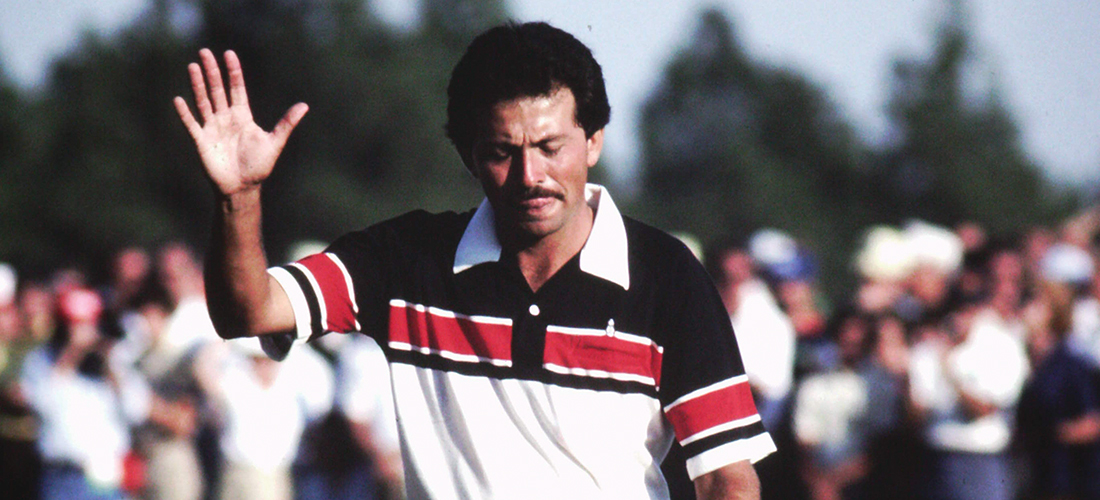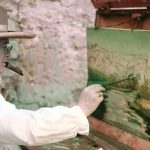
The Show Went On
Snatching victory from the jaws of oblivion
By Bill Fields
When most people think of memorable golf moments at Pinehurst, the 1981 Hall of Fame Tournament isn’t among them.
I beg to differ.
A long time before Pinehurst No. 2 held its first U.S. Open and subsequently became part of the rota for the national championship, the ’81 PGA Tour event there made its own mark. Forty years later, I’m proud to have been part of it.
I was 22, fresh out of a summer school session at North Carolina, my diploma in the mail. I needed a job. My friend Michael Dann, executive director of the World Golf Hall of Fame and the Hall of Fame Tournament, needed a public relations director who would work cheap.
The ’81 tour stop in the Sandhills was the tournament that wouldn’t die. As Chip Alexander wrote in The News & Observer that summer, not long after I was hired, “The pulse was weak, the last rites all but read. As recently as two weeks ago, the Hall of Fame Tournament seemed to be breathing its last, ready for the slab.”
The tournament had rallied spectacularly. In March, it only had $30,000 in the bank. Even during an era when purses were around $250,000, that wasn’t much. PGA Tour commissioner Deane Beman extended the deadline for posting the prize money multiple times. Tour pros who had a soft spot for Pinehurst, notably Ben Crenshaw and George Burns, took up the cause. Jack Nicklaus, who won the 1975 World Open but hadn’t competed in a handful of years, committed to play. Lee Trevino, who would be inducted into the World Golf Hall of Fame during tournament week with fellow honoree Ralph Guldahl, also agreed to play. Gov. Jim Hunt did what he could to round up sponsorship.
Once the tournament was green-lighted, we set out to promote it. I ordered bumper stickers and buttons. We hired a film crew to gather sound bites from tour pros to distribute to television sports stations across the state. Michael and I went to the PGA Championship in Atlanta. Raymond Floyd was not happy when I interrupted him on a practice day at the PGA Championship, but his bark was worse than his bite. We made a commercial on a lean budget. To get a tight clubhead-striking-ball image for the ad, I hit my MacGregor Tourney driver on the fifth hole of No. 2, a short walk from our offices at the WGHOF building.
My last, lazy days of college had given way to long hours doing what I could to help. I went on television shows with Lee Kinard in Greensboro and Jim Burns in Wilmington. I tracked down Guldahl for a story in the tournament program, which was printed on the Golf World press in Southern Pines. Before the event I helped lay down temporary carpet on the wooden floors in the press room — the converted Donald Ross Grill. Once the tournament started, I put on my best radio voice, offering updates to any station in the region that was interested. Everyone on our small staff felt like we were on an important mission to pull off what had seemed so unlikely.
The surprise winner turned out to be Morris Hatalsky, an unheralded and unassuming 29-year-old from San Diego. Ron Green Sr. of The Charlotte News wrote that Hatalsky “looks like a singing waiter.” He sure hit all the right notes over 72 holes, one-putting 11 times in a first-round 65 and going on for a 2-stroke victory over Jerry Pate and D.A. Weibring at 9-under 275. Hatalsky won $45,000 for the first of four career PGA Tour victories. The weather was glorious, which helped draw sizable galleries of 12,000 to 15,000 people on the weekend.
My foray into golf administration was brief. I applied for a job in the communications department at the USGA later that fall but didn’t get it. By the following spring, I was sending out resumes to a couple hundred newspapers across the country in search of a sportswriter position. I accepted an offer from the afternoon paper in Athens, Georgia.
The World Golf Hall of Fame building was razed years ago, but I can’t drive past the woods where it used to stand and not think of those days, that tournament and the fun we had making it happen. PS
Southern Pines native Bill Fields, who writes about golf and other things, moved north in 1986 but hasn’t lost his accent.





